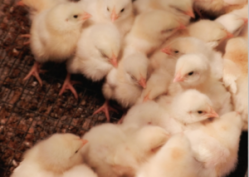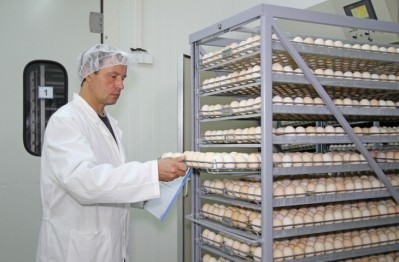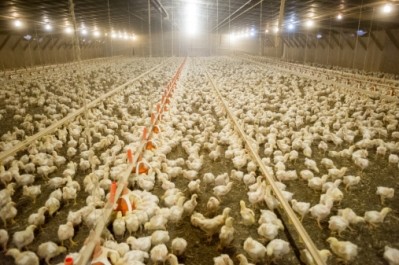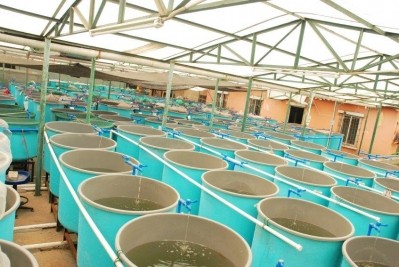SPECIAL EDITION: EARLY ANIMAL NUTRITION
Study confirms importance of omega-3 and 6 fatty acids in breeder hen diet

“Early exposure to lipids and essential n-3 or n-6 fatty acid through hatching egg can influence cell membrane fatty acids, the production of inflammatory mediators and antioxidant status…Therefore, feeding the embryo or ‘early diet manipulation’ offers a powerful and holistic tool to promote the health of hatchlings in a natural way,” wrote Gita Cherian of Oregon State University, in the Journal of Animal Science and Biotechnology.
During incubation, egg fat is the major source of energy and sole source of essential omega-3 (n-3) and omega-6 (n-6) fatty acids, which play a key role in growth, immune health and development of the central nervous system.
“The content and metabolism of n-3 and n-6 fatty acids in the hen diet and hatching eggs is of particular interest and importance because of the actions of PUFA [polyunsaturated fatty acid]-derived metabolites in many biological processes in the hen and the developing chick embryo,” wrote Dr Cherian.
Chickens can’t produce n-3 and n-6 fatty acids, so they have to be supplied via the diet. However, in a typical breeder hen ration, there is far higher n-6 than n-3 fatty acid content because there are limited sources of n-3 fatty acid rich oils that are economical and feasible for poultry feeding.
Therefore, dietary fat composition is the major modifiable factor that affects the n-3 and n-6 composition of eggs and ultimately the early chick embryo’s early fatty acid supply.
Study details
Several studies were conducted to assess the impact of early exposure of lipids such as essential fatty acids.
In one experiment, feeds containing different oil or oil seeds (as sources of essential n-3 or n-6 fatty acids) were fed to breeder hens. Tissues or cells collected from newly hatched chicks were subjected to fatty acid analysis and significant changes in the fatty acid composition of the tissue and cells were observed.
“These results provide direct evidence to substantiate the role of early dietary exposure to n-3 and n-6 fatty acids through hatching chicks in modulating tissue or cell membrane PUFA composition in progeny chicks,” said Dr Cherian.
The study also assessed the impact of early exposure to lipids through hatching eggs in chicks post-hatch. Breeder hens were fed either an n-3 enriched or n-3 depleted diet. Post hatch, chicks were fed a diet lacking in long chain fatty acids (simulating a commercial diet).The chicks hatched from n-3 enriched eggs retained higher levels of the long chain fatty acids EPA and DHA and total n-3 fatty acid in the tissues and cells.
“Early supplementation of n-3 PUFA through hen diet and hatching egg has a marked influence on progeny, regardless of post-hatch supply of these fatty acids,” said Dr Cherian.
Inflammation, immunity and antioxidant status
The study also examined the impact of in ovo lipid nutrition on mediators of inflammation and immune responses in chicks. It found that a relationship exists between early dietary exposure to n-3 or n-6 fatty acid and production of inflammatory mediators - key mechanisms of the immune system. The results also provided evidence that in ovo supply of n-3 fatty acids has an effect on passive immunity (maternally produced antibodies) in chicks which may extend up to over 50% of post-hatch life.
Lastly, antioxidant capability at hatching time is considered to be an important determinant of chick viability. The study suggested that regulation of antioxidant activity in newly hatched chicks is dependent on parent hen diet and egg PUFA composition.
Time for a shift in focus?
Current feeding strategies for improved growth, health and productivity are targeted towards chicks after hatching. However, the developing chick embryo spends over 30% of its total life span inside the egg, relying on nutrients deposited by the breeder hen.
Source: Journal of Animal Science and Biotechnology
2015, 6:28 doi:10.1186/s40104-015-0029-9
“Nutrition and metabolism in poultry: role of lipids in early diet”
Author: Gita Cherian







